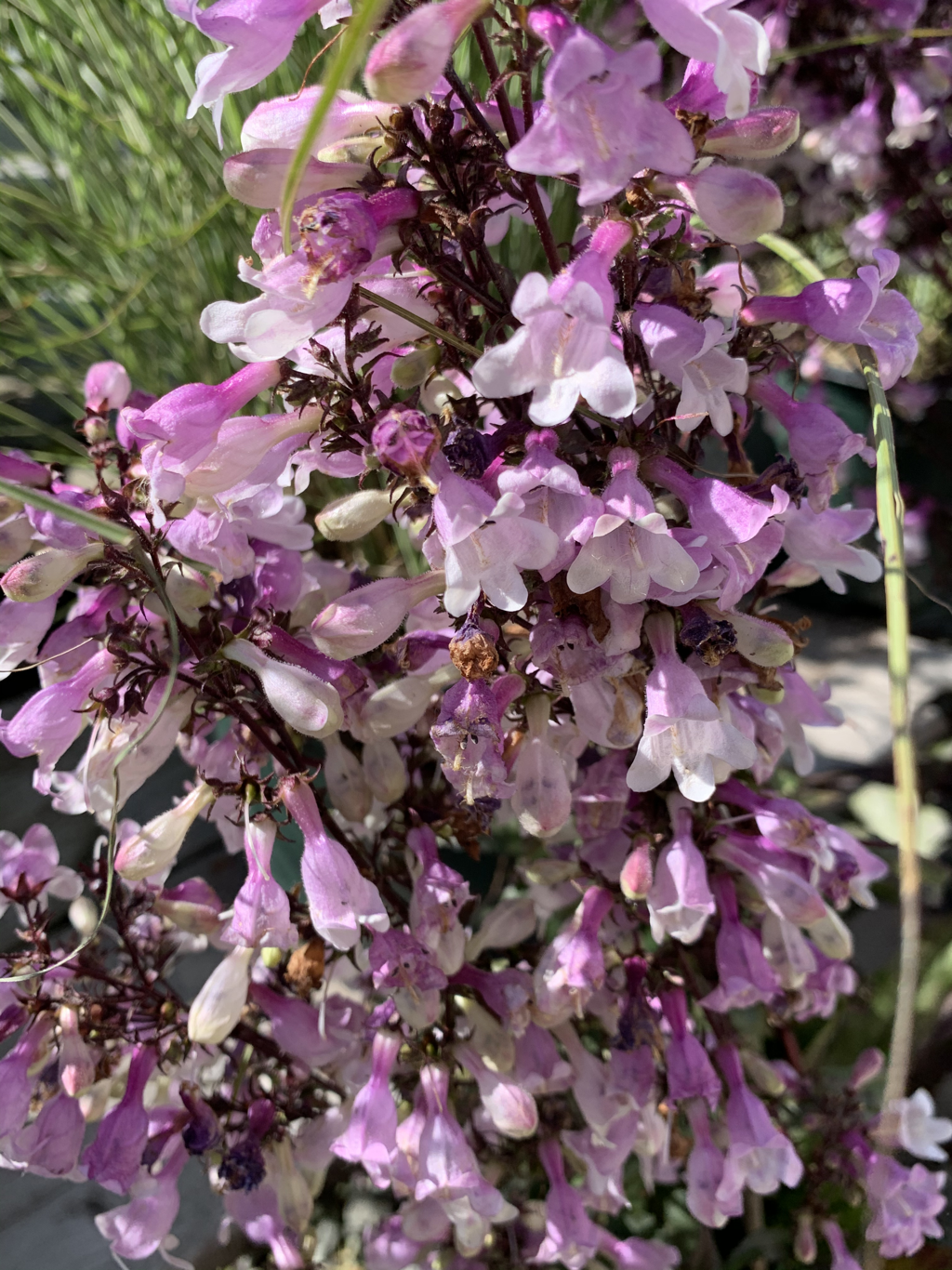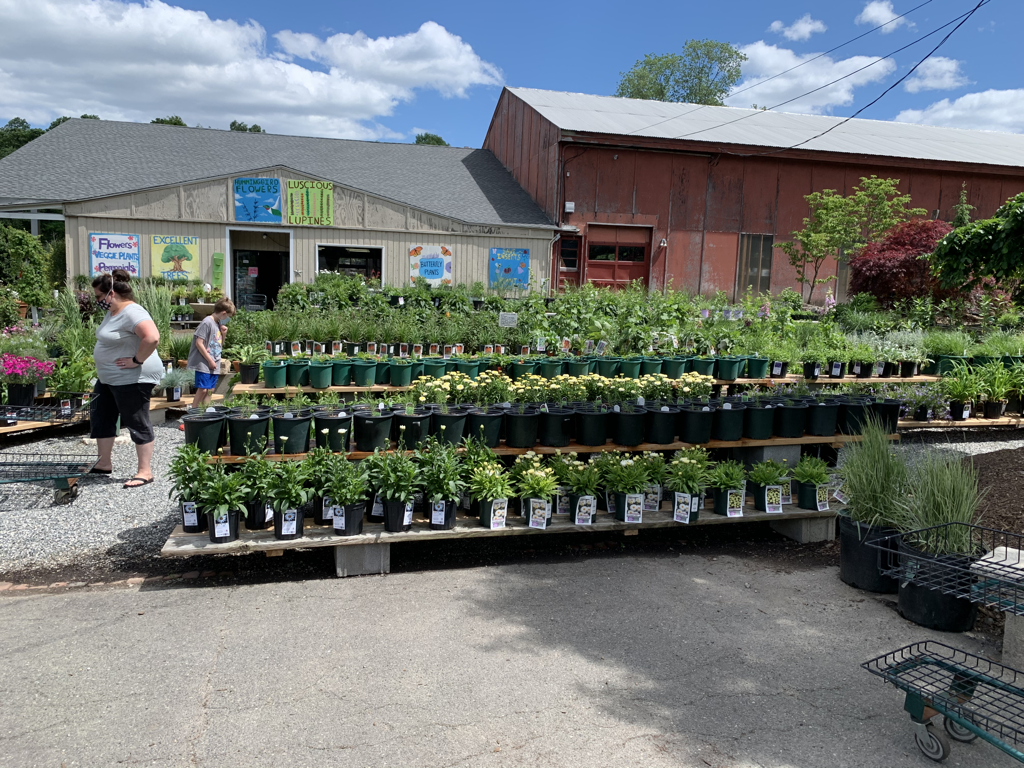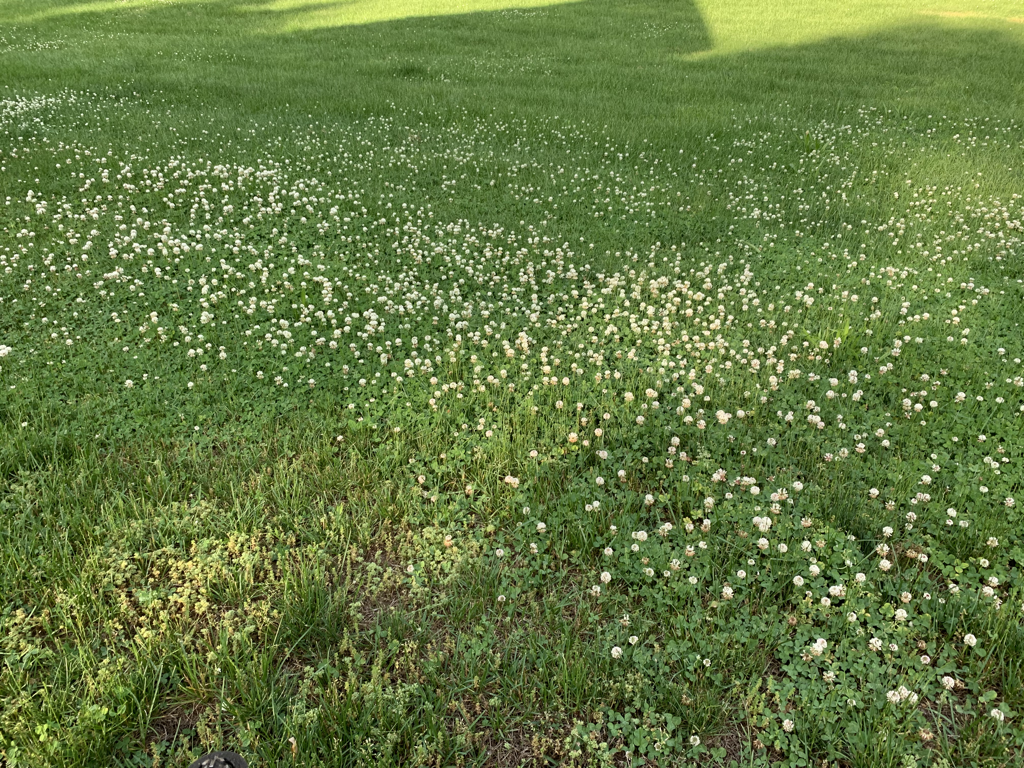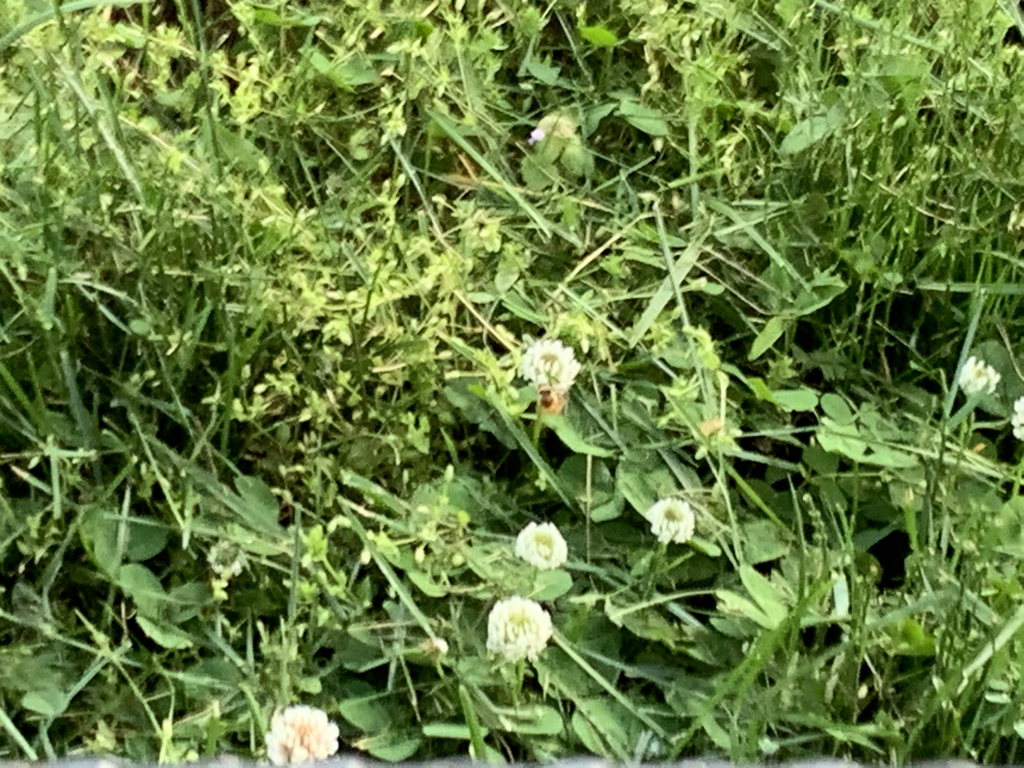|
Nothing said about this in the news- all we hear is that it’s “beautiful weather.” ITS NOT. Plants and grasses are dying across the state. Don’t wait to water- sometimes it’s too late to save plants by the time you notice . No rain of significance in the past few weeks. Nothing coming for the foreseeable future. Full sun and hot wind dry everything out and starts killing little by little. Thin soil under turf shows stress first. Grass turns dark green then yellowish then broomstick brown. As it nears death, it becomes apparent that there’s absolutely nada that one can do about it. Planting trees to shade the lawn isn’t a bad idea for so many reasons. Lawns that are less than a year old do this during droughts- you gotta do it all over again. Hummingbird magnet “black and blue salvia” shining yesterday in the afternoon light. Look around your yard. Sleep with the windows open. Get up early. Take pictures. Start a blog. Listen to the birds. Get a plant and bird identification app on your phone. Feel the sun on your face. Plant tomatoes. This year, being alive has taken on new meaning for many people. It’s no longer just going through the motions. This year, more time spent at home makes many want to continue to spend more time at home, myself included. Asclepias incarnata, Mother lode of monarch butterfly incubation. My fictitious story goes like this: Monarch butterflies fly along in complete darkness until they see any member of the Asclepias family (milkweed). When they see these plants, they see flashing neon signs advertising “HOME.” They land on this plant, lay their eggs on them, then suck on the nectar within the flowers. The zebra-like caterpillars chomp on the foliage, get huge, then pupate into nature’s most popular butterflies. The life cycle of this insect is only partially known. The pupating structure has parts whose function is unknown. Their navigation system is wholly unknown. Plant this plant in your yard, and you get to see the entire life cycle in your yard every year, forever. Forever or until American demand for avocados totally eradicates the Mexican overwintering forests. I’ll never buy avocados ever again.... won’t make any difference for this magnificent insect, I’m afraid. Masses of penstemon blossoms clustered together on floriferous stalks about three feet tall on deep-maroon foliage. Deer-proof Black stemmed lace cap hydrangeas brightening up a dark corner of our perennial section yesterday. This year we almost doubled our native pollinator plant/perennial section to accommodate our desire to beautify peoples yards with plants that serve many purposes- lift people’s spirits, decorate landscapes, and above all, help out the thousands of insect and bird species endangered by our human-only lifestyles. Maybe we can turn environmental degradation around after all? Little by little, one native flower at a time. Look closely. See the honey bee? This is a HUGE SUCCESS STORY. This tiny insect is what it’s all about, folks. Killed off by us humans, native honey bees are no more. EXTINCT. Now, because of (again) we humans, even the man-made honey bee population is endangered... troubled mainly by imidicloprid- made by BAYER, the satanic German chemical company. Neo-nicatanoids that poison all insects non-selectively. Do not trust any chemical that you put on your property. It might be “ok” to use today, and taken off the market next year because it causes cancer, or kills unintended animals, plants, and/or insects.
|
Archives
May 2022
Categories |
Winter hours-
|
Telephone(203) 261-3926
|








 RSS Feed
RSS Feed